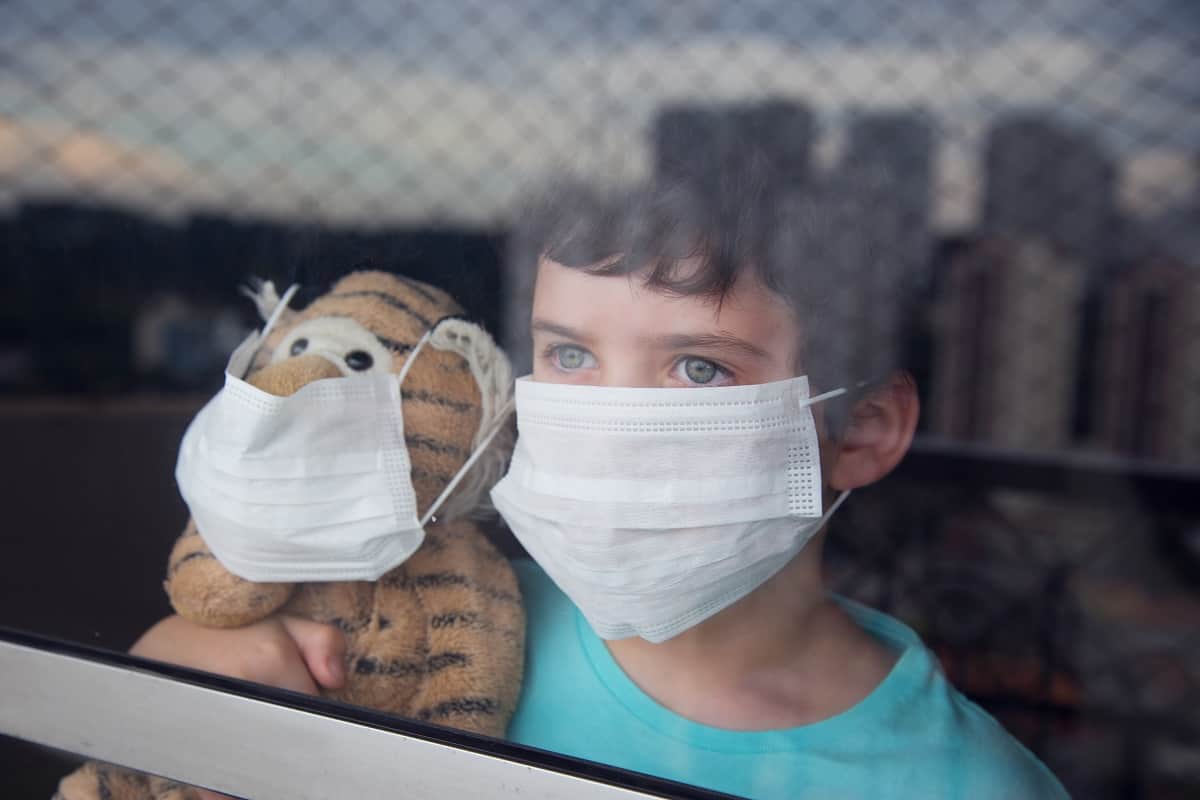
The clinical trial landscape has changed dramatically since the outbreak of COVID-19.
Trial sites were forced to closed, travel restrictions have given rise to increasingly complex logistics, and there remain many uncertainties and challenges around the reallocation of medical resources.
However, it hasn’t meant clinical trials can’t continue, and many in the industry have been working together to find a ‘new normal’.
For the clinical research industry, these past few months have been anything but business as usual. However, it hasn’t meant clinical trials can’t continue, and many in the industry have been working together to find a ‘new normal’.
Innovation In The Face Of Crisis
The coronavirus pandemic forced healthcare to evolve more rapidly in just a few months than it has in the past three decades. Innovation has embraced new ways to engage patients and deliver outstanding care, without putting patients at risk.
Opportunities have been taken to make beneficial changes to a system that is, in many ways, outdated. From this, it’s clear a new approach to clinical research is needed, one that truly considers the needs of patients and puts them first throughout the whole clinical trial process.
With all great challenges come new opportunities. Here are the key ways the industry is continuing to evolve to support sponsors, CROs, and most importantly, patients taking part in clinical trials during the COVID-19 pandemic.
Home Healthcare For Clinical Trial Continuity
In many countries, patients have been – and continue to be – unable to leave their homes. This has made travel to and from a site, particularly in the case of international studies, impossible. Instead, ways have been found to safely and effectively carry out study visits in patients’ homes.
Home healthcare reduces the risk of exposure to COVID-19 while facilitating a high level of patient care. Having a fully qualified nurse visit patients in their homes to perform clinical trial activities and obtain samples has allowed many studies to continue remotely.
Beyond the consideration of COVID-19, carrying out trial visits in the comfort of a patient’s own home enhances their experience throughout the whole clinical journey by providing convenience and peace of mind. This has a direct impact on recruitment and retention rates, as travel to and from a site is cited as a key reason patients drop out or fail to register into clinical trials.
Safe Transportation Of Medications, Ancillaries And Samples
For a decentralised trial to be effective, medications, ancillaries and samples must be safely transported to patients’ homes.
There are a range of ways this can be done to ensure the safe continuation of the trial:
- Transport ambient or temperature-controlled medication and ancillary supplies from a site to the patient’s home (and return any cooling devices/packaging to the site, if cost-efficient)
- Collect unused medications from the patient’s home and return them to a site for accountability
- Pick up medication from the site and collect a delegated member of the study team and transport them to the patient’s home to dispense and administer treatment if required
- Pick up samples from the patient’s designated collection address and deliver them to the site; or provide a car service to take an approved member of the clinical team to take samples and return to the site (for example, dried blood spot samples)
Connecting Through Technology
In the absence of in-person appointments, investigators and study nurses are contacting patients by phone or video call. For some patients, this is a better experience, as they may feel more comfortable talking to the doctor or nurse in their own home than they would in the hospital or clinic.
Technologies such as eCOA (eClinical Outcomes Assessment) enable patients to complete diaries remotely using their tablet or smartphone to report on symptoms and general wellbeing. Some trials are also now using wearable/sensor devices to remotely capture biometric data such as blood pressure, oxygen levels, glucose levels.
Technology provides a valuable opportunity to get in the patient’s world, and capture patient sentiment in real-time. This allows you to intervene and provide additional support if needed, before a patient drops out of the trial.







